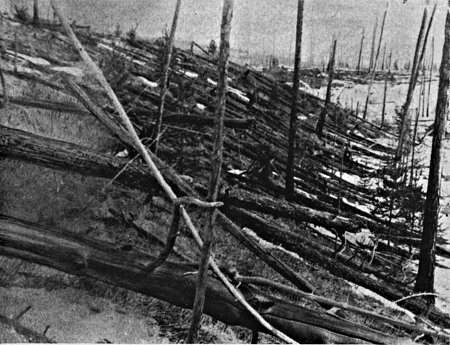
ST. GEORGE — A large asteroid is flying in for a visit in our neck of the galaxy this week, and it’s bringing a rocky sidekick along for the trip. The tumbling rock — the largest to visit our galactic neighborhood this year — will come relatively close to Earth, cosmically speaking, but never closer than 3 million miles above the earth’s surface.

The space rock, known as Asteroid 1999 KW4, was discovered in 1999 and measures nearly a mile wide. It also comes with its own companion asteroid, or orbiting moon. According to NASA, the asteroid has been doing close flybys several times each century since at least the 1600s.
The asteroid will make its closest approach this Saturday at 5:05 p.m. MDT, passing at the very safe distance of 3,219,955 miles, or about 13.5 times the distance between Earth and the moon. Saturday evening will provide the best view of the large space rock, but it will remain visible until May 27.
The asteroid will not be visible to the eye alone, but sky enthusiasts equipped with telescopes 8 inches in diameter or larger may get a good view. The asteroid has an oblate, top-like shape with an equatorial ridge, and the smaller asteroid orbits around it every 16 hours.
NASA has classified the asteroid as a near-Earth object, which is anything that orbits the Sun and comes within 30 million miles of Earth’s orbit.
While the Minor Planet Center has classified KW4 as a potentially hazardous object, the huge space rock poses no risk to Earth. Even at its closest approached, it is still more than three million miles from the earth’s surface.
A much closer flyby took place in April when a house-size asteroid, discovered only 10 days before, flew within 136,000 miles of the planet, or roughly half the distance between the earth and the moon, at speeds of 12,000 mph. According to NASA scientists, the object could have been as large as 98 feet wide.
What if a giant rock was hurtling towards Earth?
For more than 20 years, NASA and its international partners have been scanning the skies for near-Earth objects.
To prevent a potential global disaster should one of these rocks reach Earth, like the one that smashed into Mexico’s Yucatan Peninsula 66 million years ago and is believed to have wiped out the dinosaurs, experts from around the globe gather at the end of April each year for the Planetary Defense Conference and run dayslong simulations of asteroids headed for major cities.
“Each day we ask, what if?” Paul Chodas, director of the Center for Near Earth Object Studies at NASA’s Jet Propulsion Laboratory in Pasadena, California, said in a statement last month.
This year it was New York City’s turn to be hypothetically wiped off the map.
During the exercise, NASA created a make-believe rock dubbed 2019 PDC that was hurtling toward Earth when they discovered it and determined it had a 1-in-100 chance of smashing into the planet in 2027, giving them only 8 years to stop it.
The imaginary 200-foot wide asteroid then plowed into a simulated version of New York City at more than 31,000 mph.
If that collision had been real, scientists say the asteroid would have impacted the city with a force 1,000 times more powerful than the nuclear bomb dropped on Hiroshima and would have leveled buildings from Central Park to lower Manhattan, killing more than a million people.
While an asteroid of that size would devastate a large region as it released 100-800 megatons of energy, experts say it would not be large enough to cause a global catastrophe.

The asteroid created for the exercise was similar in size to the largest asteroid impact in recorded history — the “Tunguska event.”
In 1908 an explosion ripped through the air above a remote forest in Siberia with a fireball 150–300 feet in diameter that destroyed 7,700-square miles of forest and flattened about 81 million trees.
NASA is preparing for a real-life scenario with the asteroid known as Didymos, which spans 2,600 feet across with an orbiting moonlet that is approximately 500 feet in size. A spacecraft planned for launch in 2021 is set to deliberately smash into the asteroid by fall 2022 to knock it off its potentially disastrous course.
The change to the asteroid’s course is in millimeters, “but if done years before a projected impact, it can make all the difference,” according to NASA.
Email: [email protected]
Twitter: @STGnews
Copyright St. George News, SaintGeorgeUtah.com LLC, 2019, all rights reserved.